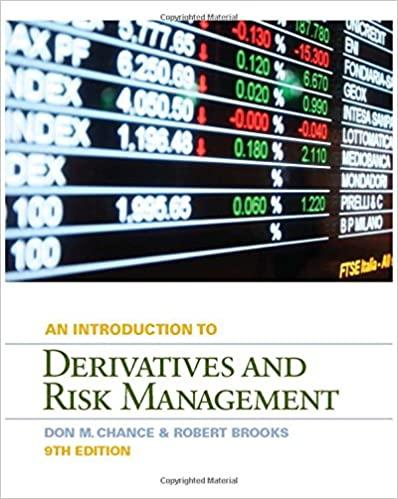Question
Mr. X has basic salary of Rs. 1,200,000. He has received salary of Rs. 1,100,000 during the Tax Year 2019. In addition to this following
Mr. X has basic salary of Rs. 1,200,000. He has received salary of Rs. 1,100,000 during the Tax Year 2019. In addition to this following information is obtained from his record:
- He was sent to an special assignment for which he had been given a work condition supplement of Rs. 100,000
- He encashed his leaves from the company in Rs. 50,000
- The company gave him a leased car with FMV of Rs. 1,800,000 for both official and personal use
- The company gave him a rent free accommodation having FMR of Rs. 25,000/month
- He had taken a loan of Rs. 1,000,000 in Tax Year 2011 from his company. It was agreed that Mr. X will repay the loan in installments of Rs. 100,000/annum. Upto Tax Year 2018 he repaid each installment regularly but for the Tax Year 2019 he requested the company to waive off the installment of this year permanently and the company accepted his request
- He has taken a loan of Rs. 200,000 from a freind. The company has repaid this loan to his friend on his behalf.
- A school fee of Rs. 80,000 was paid by the company on behalf of Mr. X child
- Mr. X paid salary of Rs. 10,000/month to his sweeper at home
- Advance tax of Rs. 2,000 at cash withdrwal and Rs. 1,800 at salary were deducted from him. All are adjustable
Required:
- You have to calculate the Taxable Income of Mr. X for the Tax Year 2019 and;
- Tax Liability and Tax Payable / Refundable by using the following rates
| Taxable income | Rate of tax |
|
Where the taxable income does not exceed Rs. 400,000 |
0% |
|
Where the taxable income exceeds Rs. 400,000 but does not exceed Rs. 500,000 |
2% of the amount exceeding Rs. 400,000 |
|
Where the taxable income exceeds Rs. 500,000 but does not exceed Rs. 750,000 |
Rs. 2,000 + 5% of the amount exceeding Rs. 500,000 |
|
Where the taxable income exceeds Rs.750,000 but does not exceed Rs.1,400,000 |
Rs. 14,500 + 10% of the amount exceeding Rs. 750,000 |
|
Where the taxable income exceeds Rs.1,400,000 but does not exceed Rs.1,500,000 |
Rs. 79,500 + 12.5% of the amount exceeding Rs. 1,400,000 |
|
Where the taxable income exceeds Rs.1,500,000 but does not exceed Rs.1,800,000 |
Rs. 92,000 + 15% of the amount exceeding Rs. 1,500,000 |
|
Where the taxable income exceeds Rs.1,800,000 but does not exceed Rs.2,500,000 |
Rs. 137,000 + 17.5% of the amount exceeding Rs. 1,800,000 |
|
Where the taxable income exceeds Rs.2,500,000 but does not exceed Rs.3,000,000 |
Rs. 259,500 + 20% of the amount exceeding Rs. 2,500,000 |
|
Where the taxable income exceeds Rs.3,000,000 but does not exceed Rs.3,500,000 |
Rs. 359,500 + 22.5% of the amount exceeding Rs. 3,000,000 |
|
Where the taxable income exceeds Rs.3,500,000 |
Rs. 472,000 + 25% of the amount exceeding Rs. 3,500,000 |
Step by Step Solution
There are 3 Steps involved in it
Step: 1

Get Instant Access to Expert-Tailored Solutions
See step-by-step solutions with expert insights and AI powered tools for academic success
Step: 2

Step: 3

Ace Your Homework with AI
Get the answers you need in no time with our AI-driven, step-by-step assistance
Get Started


